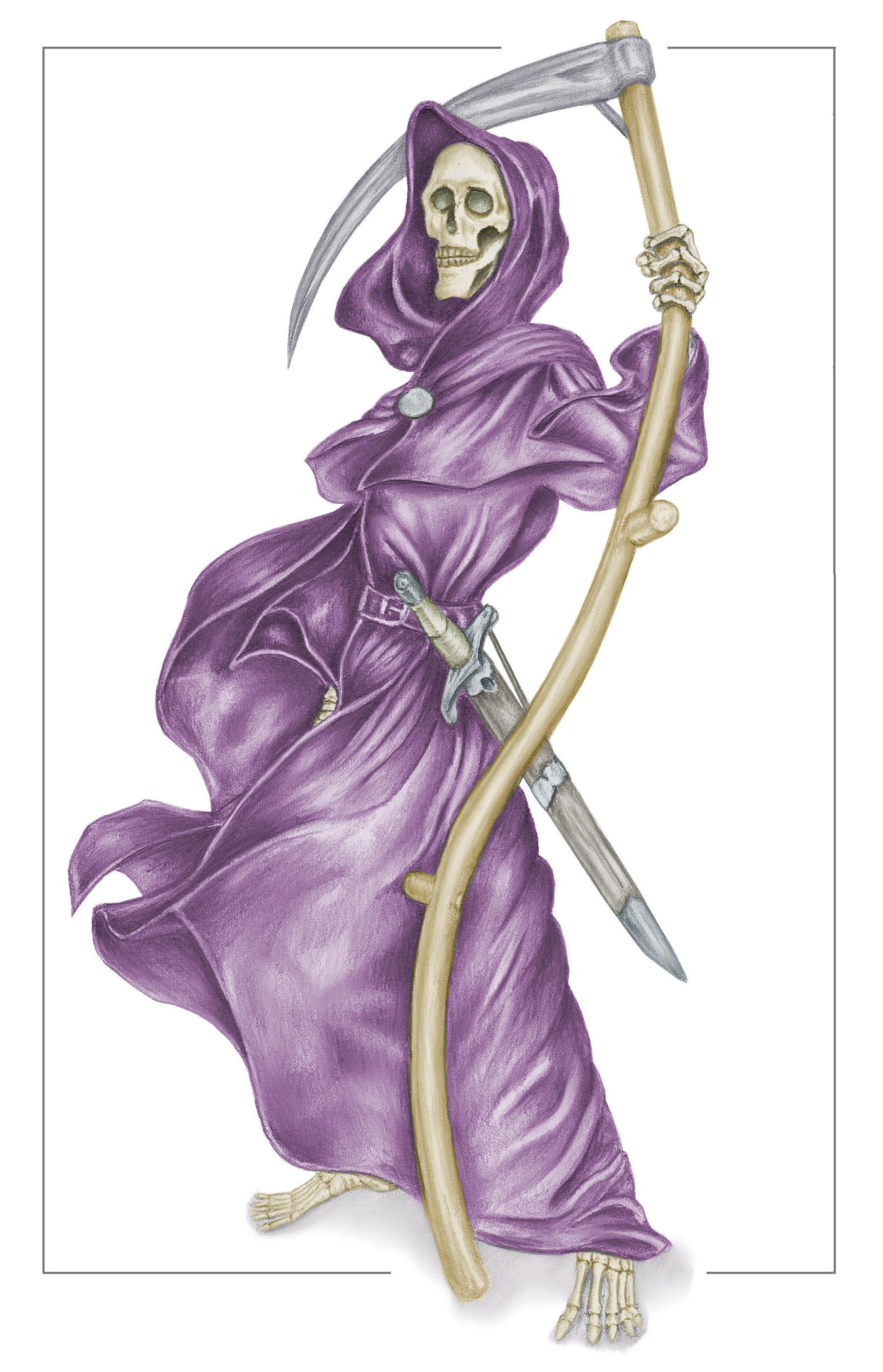


In the British Isles a rick of sheaves is traditionally called a corn rick, to distinguish it from a hay rick ("corn" in British English retains its older sense of " grain" generally, not " maize"). After drying, the sheaves are gathered from the field and stacked, being placed with the ears inwards, then covered with thatch or a tarpaulin this is called a stack or rick. Several sheaves are then leant against each other with the ears off the ground to dry out, forming a stook. The reaped grain stalks are gathered into sheaves (bunches), tied with string or with a twist of straw. The stiffer, dryer straw of the cereal plants and the greener grasses for hay usually demand different blades on the machines. Reaping is usually distinguished from mowing, which uses similar implements, but is the traditional term for cutting grass for hay, rather than reaping cereals.

Hand reaping is done by various means, including plucking the ears of grains directly by hand, cutting the grain stalks with a sickle, cutting them with a scythe, or a scythe fitted with a grain cradle. Mechanical reapers substantially changed agriculture from their appearance in the 1830s until the 1860s through 1880s, when they evolved into related machines, often called by different names (self-raking reaper, harvester, reaper-binder, grain binder, binder), that collected and bound the sheaves of grain with wire or twine. Traditionally all such cutting could be called reaping, although a distinction between reaping of grain grasses and mowing of hay grasses has long existed it was only after a decade of attempts at combined grain reaper/hay mower machines (1830s to 1840s) that designers of mechanical implements began resigning them to separate classes. As a manual task, cutting of both grain and hay may be called reaping, involving scythes, sickles, and cradles, followed by differing downstream steps. Hay is harvested somewhat differently from grain in modern haymaking, the machine that cuts the grass is called a hay mower or, if integrated with a conditioner, a mower-conditioner. Modern machines that not only cut and gather the grass but also thresh its seeds (the grain), winnow the grain, and deliver it to a truck or wagon, called combine harvesters or simply combines, which are the engineering descendants of earlier reapers. Most modern mechanical reapers cut grass most also gather it, either by windrowing or picking it up. The Gallic reaper involved a comb which collected the heads, with an operator knocking the grain into a box for later threshing.

The first documented reaping machines were Gallic reapers that were used in Roman times in what would become modern-day France. Usually the crop involved is a cereal grass. Typical 20th-century reaper, a tractor-drawn Fahr machineĪ reaper is a farm implement or person that reaps (cuts and often also gathers) crops at harvest when they are ripe.


 0 kommentar(er)
0 kommentar(er)
